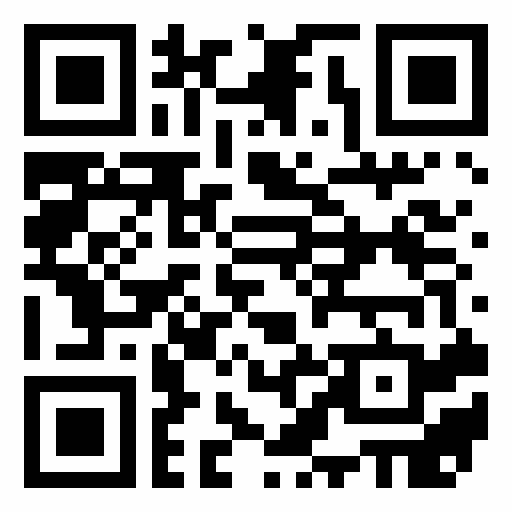Background: Dental abrasion (DA) is an erosive process the occurs to teeth resulting in a surface loss. Mechanical wear is the main process by which the hard tissue of the dental unit erodes. Dental abrasion (DA) has the potential to be asymptomatic making patients unaware of its presence and only identified incidentally during a dental examination. However, it can also present with worrisome symptoms such as tooth hypersensitivity, function impairment, and negative cosmetic effects. Objectives: Dental abrasion (DA) is a commonly acquired dental condition that necessitates medical intervention. Therefore, in this paper, we will review the available literature discussing the classification, clinical features, and management of DA. Methodology: We conducted the literature search within the PubMed database using the keywords: “Tooth surface loss”, “Tooth wear”, “Non-carious cervical lesions”, and “Dental abrasion” between 1990 and 2020. Review: There is a consensus among the dental community that DA is multi-factorial. In general, DA can be classified under four main categories, namely: attrition, abrasion, abfraction, and erosion. For a DA treatment to succeed, the etiological background that first resulted in DA needs to be unveiled. This can be achieved by gathering in-depth medical, dental, and dietary history. Conclusion: In conclusion, DA is an important clinical condition that clinicians encounter regularly. Thus, a systematic and thorough approach is essential in dealing with such a multi-factorial condition.
